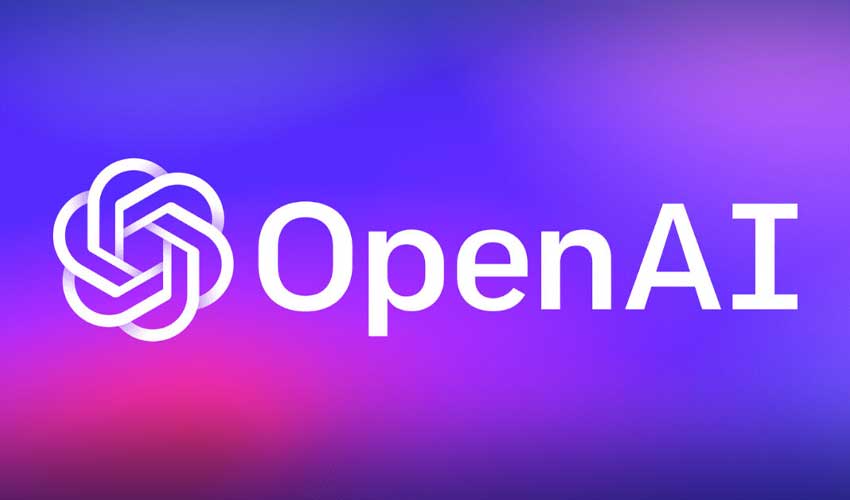For teachers, there is good news and bad news. The Wall Street Journal claims that OpenAI has created a watermarking technique to identify text written by ChatGPT that has been available for nearly a year.
Although this system modifies the model’s word prediction process to create an apparent pattern, more sophisticated strategies can still defeat it.
Despite the tool’s 99.9% accuracy and resilience to manipulation, OpenAI is still debating whether to distribute it internally because of concerns that it may turn off users, of whom about 30% indicated they would use ChatGPT less if watermarking were added.
Even in the best of circumstances, OpenAI admitted, the watermark may be successfully erased by rewriting the text produced by the AI with the aid of a third-party tool.Furthermore, the company wasn’t ashamed to bring out the disadvantages of OpenAI’s new approach, including the reasons why it might not always be the best course of action, even though it might be helpful in many cases.
The company is looking into using metadata that has been cryptographically signed in order to boost reliability. Other companies, like Google, are also developing comparable tools, albeit they are not yet widely available.
According to WSJ articles regarding OpenAI, the technology is essentially ready for use and operates by modifying the model to conform to a discernible pattern. “Technology that can detect text written by artificial intelligence with 99.9% certainty has been debated internally for two years,” according to the piece.







